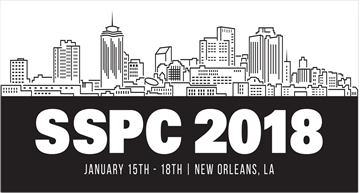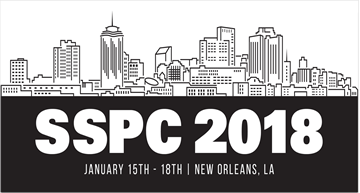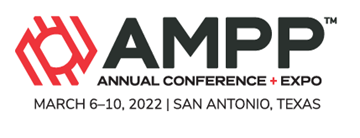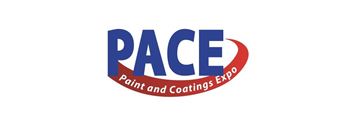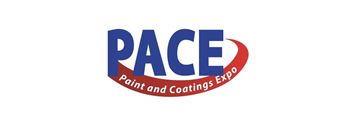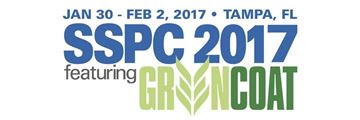Search
Individual Conference Papers
View as
Sort by
Display
per page
Warning! Technical Challenges of Compliance with the New Proposition 65 Regulations
Product Number:
51219-212-SG
Publication Date:
2019
$20.00
WATCHING PAINT DRY: IT IS NOT AS SIMPLE AS IT SOUNDS
Product Number:
51218-112-SG
Publication Date:
2018
$20.00
Water Chemistry Impacts on Cooling Water System Iron Oxide Dispersants
Product Number:
51315-5996-SG
ISBN:
5996 2015 CP
Publication Date:
2015
$20.00
Water Main Breaks - High Time To Learn From Mistakes And Avoid Further Breaks
Product Number:
51321-16837-SG
Publication Date:
2021
$20.00
Water Tank Contracting in the Sunshine Sate
Product Number:
41206-297-SG
Publication Date:
2006
$20.00
Water Treatment Dosage Control and Relationship to Performance
Product Number:
51395-95260-SG
Publication Date:
1995
$20.00
Waterborne Acrylic Latex Coatings for Marine Topside Applications
Product Number:
41212-699-SG
Publication Date:
2012
$20.00
Waterborne Alkyds - Combining Oil and Water to Reduce VOC and Solve Coating Performance Challenges
Product Number:
51217-023-SG
Publication Date:
2017
$20.00
Waterborne Clearcoats for Industrial Maintenance
Product Number:
41207-390-SG
Publication Date:
2007
$20.00

